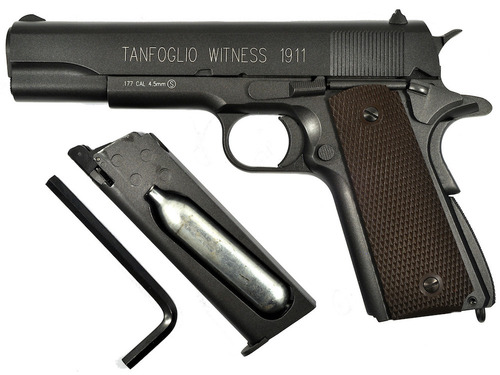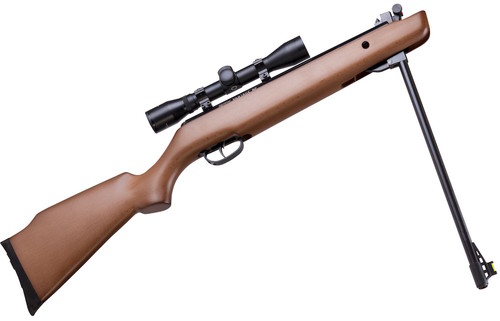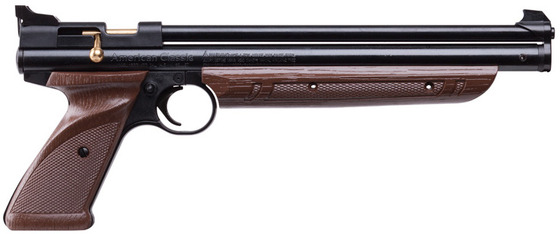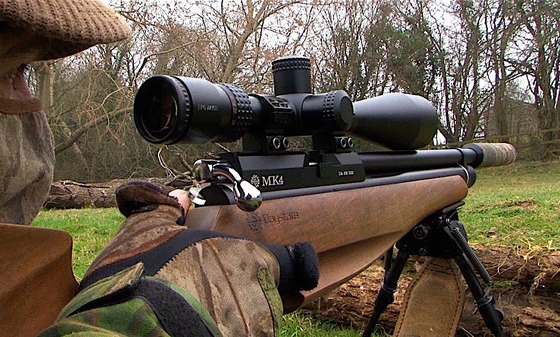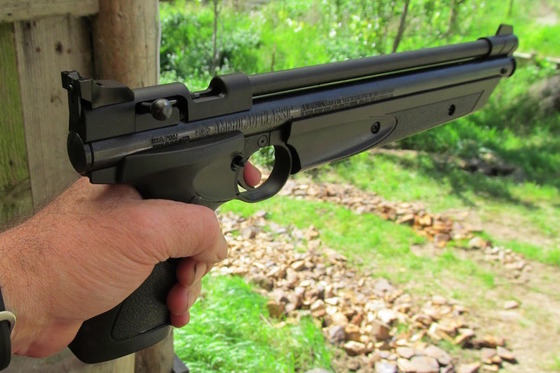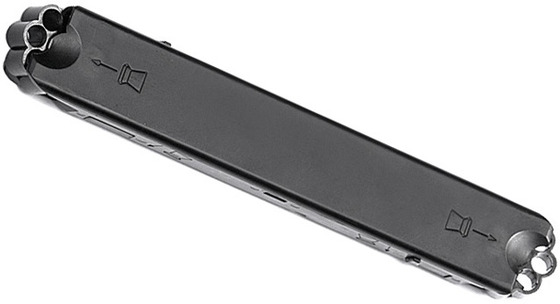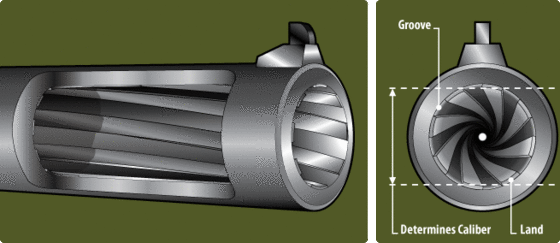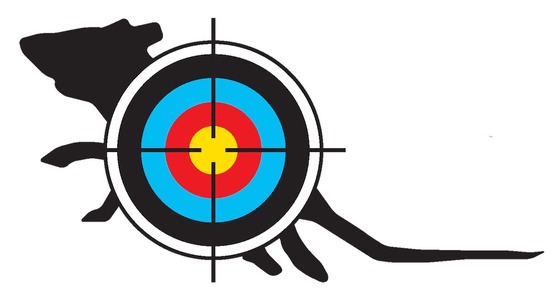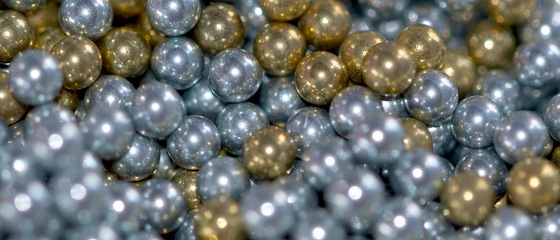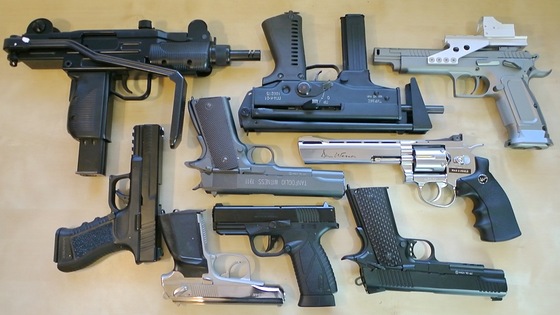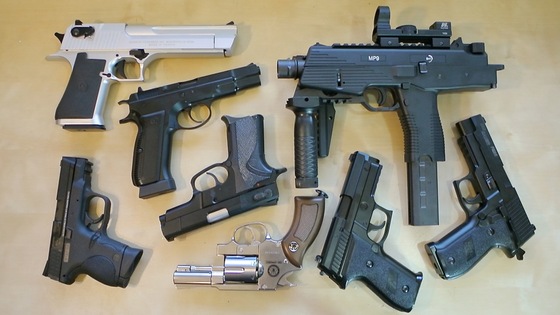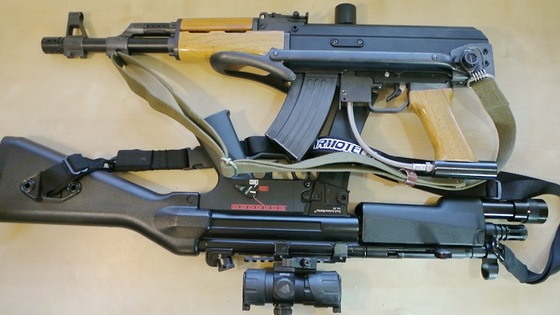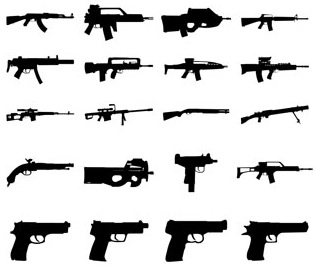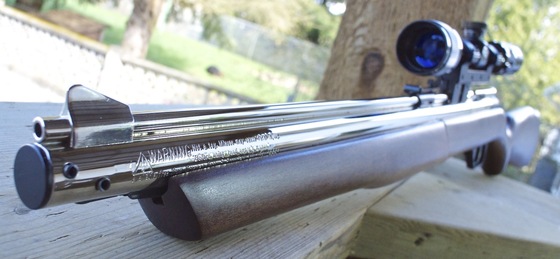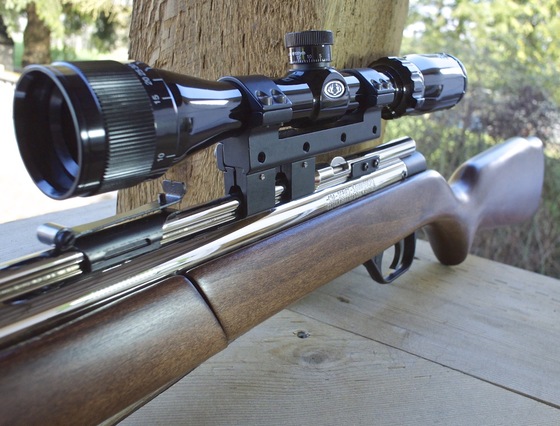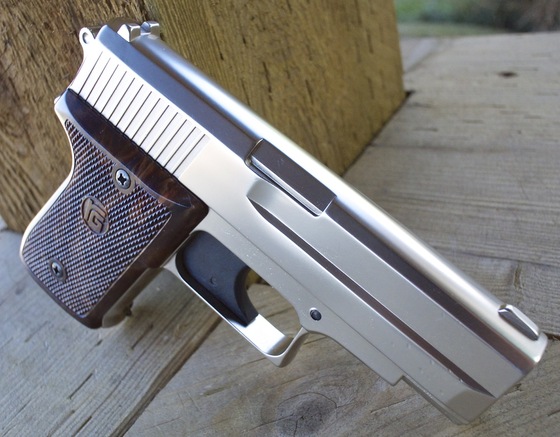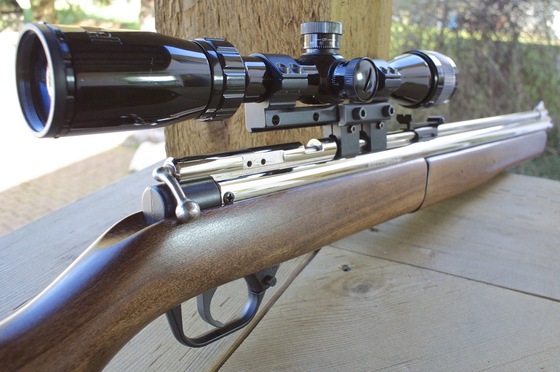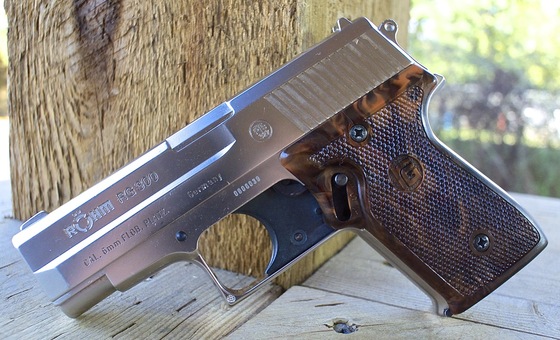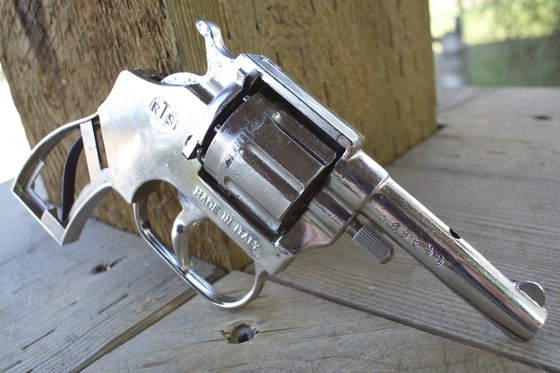This may be a bit controversial for some people who don't like the thought of using an gun for hunting or extermination of unwanted pests. But weather or not it is accepted by all, it is a practice that many people still embrace including myself when done in a humane way.
Let's start off by addressing this topic by asking some questions and filling in some of the answers. Keep in mind I go into much more detail in my Vimeo video below.
What is the reason that you need to Shoot or Hunt an Animal?
Are you shooting an animal out of need or just for fun, sure there is a thrill in the sport of hunting but after taking down your prey, the animal should not be killed in vain as the meat should be eaten. There are also times when pesky critters get into your gardens, tree farms, feeding stations garbages and who knows what else? I personally think shooting an animal that has not done you any harm or that you don't plan on eating is not ethical. So question your motives wisely?
Can you use an Airgun for Hunting and or Pest Control?
The short answer is yes! As long as you choose the correct Airgun for the job, one that has enough power and accuracy to get the job done in a humane manner. Using an underpowered or inaccurate gun of any type for the chosen target will lead to the animal being wounded and possibly getting away to suffer unnecessarily.
What about Pistols versus Rifles?
Given the choice, a rifle will always be your best bet, rifles tend to be more accurate since they are more stable to hold and the fact that the sights are further apart which improves the guns accuracy. Most rifles also allow for enhanced sighting systems like red dots or magnified scopes for even further accuracy improvements. There are some pistols made specifically for hunting and target shooting that can be accurate but I would limit their use to shorter ranges.
What about Pellet guns versus BB guns?
BB guns in general are not meant for hunting or pest control, and in most cases they are underpowered and not as accurate as their pellet shooting counterparts, especially out at longer ranges where most pests keep their distances to. If you plan on doing some hunting and or pest control, please invest in an adequate pellet rifle to get the job done humanly.
What type of Ammo is best for Hunting and Pest Control?
There are lots of types of pellets available, pointed, rounded, flat, hollow-point and even pellets that have nylon tips. At the end of the day, use the pellet that is the most accurate in your Airgun because shot placement will win over pellet shape any day of the week. The reality is that as long as that pellet hits the target with adequate velocity, it doesn't matter what shape it is, it's more than likely going to pass right through the animal.
What is the lowest FPS that I can use?
I would rather ask the question, what is the highest fps I can get away with since more fps will give you more margin for error, since it will have a flatter trajectory and will do more damage even if your shot is off a bit. An experienced shooter could make a kill shot on a small pest even with a 400 fps airgun but the shot would have to be perfect and the range would have to be close. Of course when shooting larger game, you will need larger caliber pellets with higher velocities. Also when using a high velocity airgun you need to consider what is beyond your target, if you miss, where is that pellet or bullet going to end up? You need to make sure you do not injure anyone by mistake as pellets/bullets can travel a long distance.
How large of an Animal can an Airguns Kill?
This is really dependent on the Airgun being used, Airguns come in many different calibers, from .177 right up to .50 caliber, some PCP Airguns can even take down a deer! You need to do your research and make sure the Airgun you choose has both the power and accuracy you need for the intend prey.
Where can I use an Airgun for Hunting and or Pest Control?
This is a question you need to ask your local authorities as laws and hunting regulations are different just about everywhere. Even shooting pests on your property may require a permit so be careful to obey your local laws.




